Tuesday, 23 April 2024
Menu
GryfBaltic Conference 2011 took place in Dworski Hotel, in Warzymice, near Szczecin. Immediately after the opening, which was made by the organisers, from the diving centres DivePoint and Born2Dive, a representative of the Maritime Museum in Szczecin spoke. He informed about plans to build a new museum building, which should be ready in 2015. Three expositions are planned in the museum: maritime, interactive and outdoor.
The first speaker was Łukasz Piórewicz from the Diving Technology Centre in Gdynia. He presented the history of the only German aircraft carrier from World War II and the course of the expedition to this wreck, which was organised by the Baltic Wreck Society. The Germans made their first attempts to build an aircraft carrier already in 1918. Dr. Ing. Jurgen Reimpell designed the aircraft carrier, which was to be built on the basis of the passenger ship Ausonia. The project was not completed. The topic of building aircraft carriers returned in 1933, when Hitler came to power. On 12 March 1934 the requirements to be fulfilled by the ship were specified. The Germans based the design of the ship on the British productions. In 1935 it was decided to build 4 aircraft carriers in the shipyard Werke Kiel AG. In the same shipyard Franken, lying on the bottom of the Danzig Bay, was built. The launching of the first keel, which was named Graff Zeppelin, took place on 8th December 1938.
At the outbreak of war the unit was 90% complete. On November 19, 1939, work on the aircraft carriers was stopped. The materials prepared for their construction were used in the construction of smaller ships and submarines. On 20 April 1940 the work on the Graf Zeppelin itself was stopped. In July 1940 the ship was towed to Gdynia, and in June 1941 she was transferred to Szczecin, where she was moored at Wały Chrobrego. Next, the ship was again sent to Gdynia, where it served as a floating timber warehouse. In May 1942, it was decided to complete the construction of the aircraft carrier. The work continued for 6 months, but was abandoned due to lack of materials and manpower. In February 1943, work on the Graff Zeppelin was halted.
In April 1945 the ship was taken over by the Russians, who treated Graff as a training target. On the training ground at sea, they dropped 100 bombs on her, of which only 6 hit the target. The ship was finally sunk with 2 torpedoes.
More photos from the event can be found in our gallery: Gryf Baltic 2011 gallery
Preparations for the expedition lasted several years. In 2006, efforts to obtain permission to dive on the wreck began. The first approach, unsuccessful due to weather conditions, took place in November 2008. The second approach, this time successful, took place in May 2009. The aim of the expedition was to create a detailed descriptive and photographic documentation of the wreck, to take samples of the bottom in order to determine whether there are any chemical weapons lying there, and to check whether the wreck can be made available for diving. The team was divided into four groups of three. A doctor participated in the expedition and a decompression chamber was available on board.
To facilitate diving on the wreck, 4 lowering lines were installed: one each on the bow and stern, as well as on the starboard and port sides. Each team had bottom times in the range of 20-30 minutes. There were 2 dives per day. Every day, 3 teams dived, while the 4th team helped their colleagues in the preparation for the dive and in removing the equipment after the dive. In total, 18 team dives were made during the expedition and 2.5 hours of footage was filmed.
The next speaker was Tomasz Stachura, owner of Santi, who talked about the wrecks of the Baltic Sea. The Baltic Sea is a very interesting place, because you can find here vessels from different eras, and the cold water means that the wrecks are well preserved. Wrecks such as Terra, Delfin, Groźny, Bryza, Solen, Trałowiec and Graff Zeppelin were presented next. Then the audience learned more about the specifics of diving on Ławica Słupska and the wrecks located there.
The last presentation before the lunch break was given by Witold Smilowski, from the School of Diving Instructors. He talked about diving with sharks. It turns out that sharks, unprovoked, do not attack humans. However, when encountering these animals in water, one should always be very vigilant and follow certain rules.
More photos from the event can be found in our gallery: Gryf Baltic 2011 gallery
After the lunch break, three more lectures took place. The first to present was Anna Piwoni, a specialist in oceanography and marine biology. During this presentation, divers gathered at the conference had an unprecedented opportunity to learn much more about the sea in which we usually dive. The Baltic Sea is a very young body of water, only 13 thousand years old. In its history it has already been a fresh, salty and mixed sea. The depth of the thermocline depends on the season, while the halocline remains at a constant depth of about 60 metres. During the lecture we found out, among other things, why the water in the Baltic is green and why it is not allowed to dive when blue-green algae bloom. Then the animals that can be found in the Baltic were presented. Hardly anyone expected to find so many interesting specimens in our sea. Starting with shrimps and mussels, which are often found on shipwrecks, through the crustacean Saduria entomon found on wrecks lying at great depths, fish such as eelpout, black-spotted goby, tassel and devil hen, to seals and porpoises. At the end of the presentation, the benefits and risks of lying on the bottom of wrecks were compared. The threats are mainly: fuel and warfare agent spills, the breaking of fishing nets and hazards to navigation. The advantages of wrecks, on the other hand, are that they become a habitat for a variety of marine life and provide a kind of artificial reef.
The next lecture after the break was led by Aleksander Ostasz, editor-in-chief of the magazine Nurkowanie. He talked about diving on wrecks, which over the years have been described in the pages of the magazine under his command. The next part of the presentation was a description of searching for wrecks in rivers, swamps and lakes. As it turns out, tanks, military vehicles and aircraft can be found in such places. Aleksander Ostasz paid special attention not to treat what we find in the lakes as scrap metal, but rather as antiques.
More photos from the event can be found in our gallery: Gryf Baltic 2011 gallery
After the lectures, a prize draw was held among the participants to win prizes donated by sponsors. In addition to the lectures, conference participants could see the equipment exhibited by Yellow Diving and Tecline. Unfortunately on Sunday, due to the ice on Insko, the planned diving equipment tests did not take place.
The GryfBaltic 2011 conference is another very interesting initiative to raise awareness of wreck diving. We congratulate the organisers from the diving centres DivePoint and Born2Dive for such an event which was missing in Western Pomerania. We are looking forward to the next edition next year.
More photos from the event can be found in our gallery: Gryf Baltic 2011 gallery

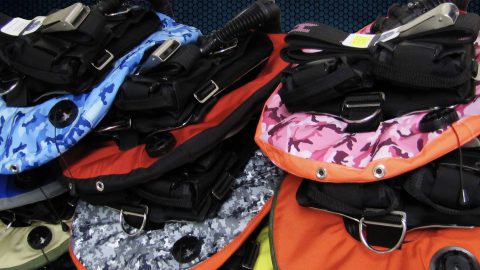

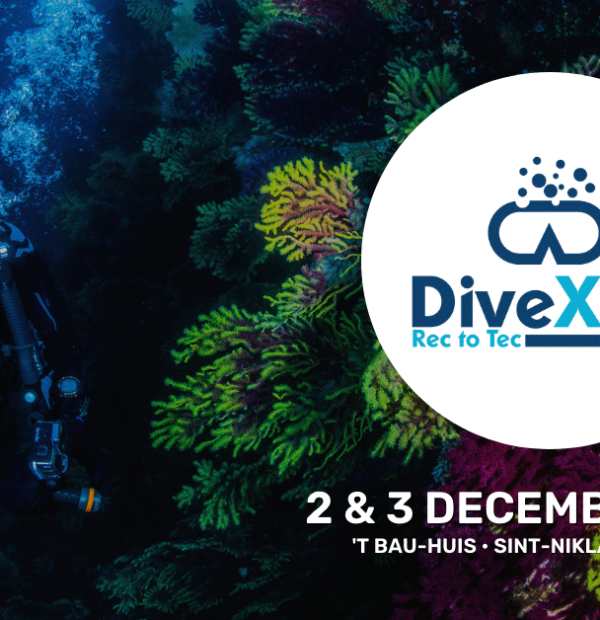

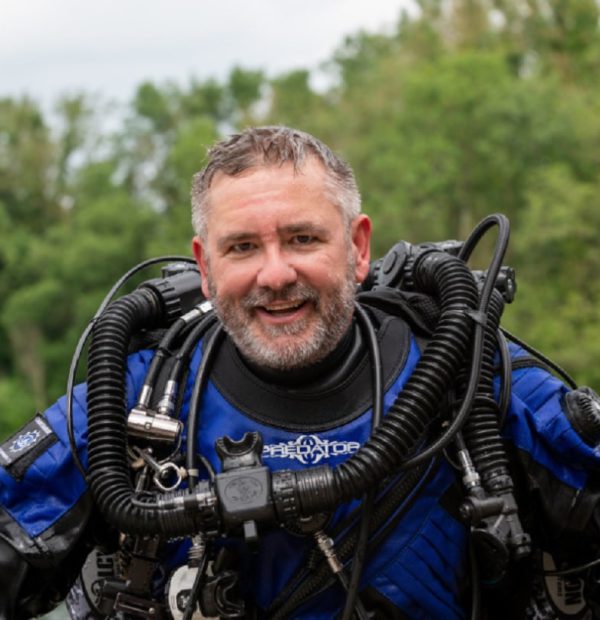
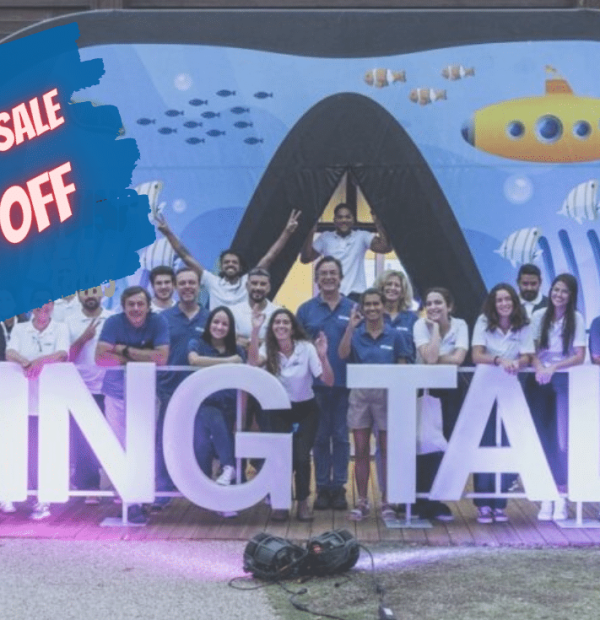
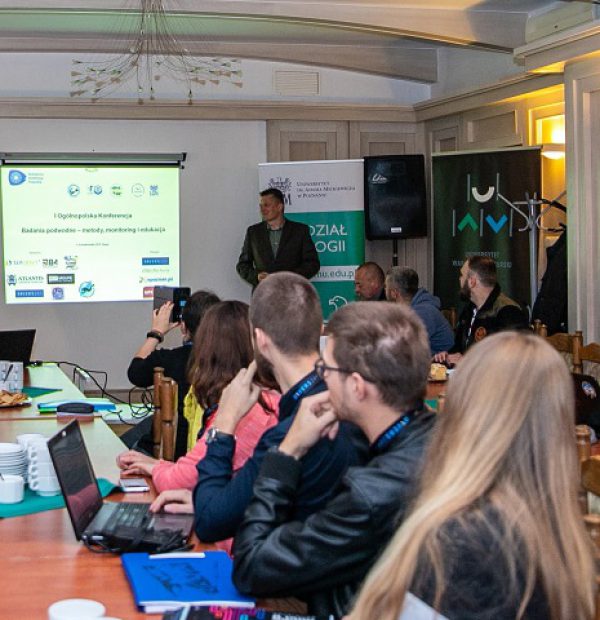


Welcome to DIVERS24.COM, your daily source of scuba news, freediving, scuba diving information, and equipment reviews. Our comprehensive coverage of the dive industry from A to Z provides you with all the latest scuba news, training updates, underwater photography tips, and everything else related to scuba diving. Whether you’re a beginner or an experienced diver looking for more knowledge about scuba gear or techniques – we’ve got it covered! With our in-depth articles written by experienced divers who have been there and done that, you are sure to find exactly what you need here at Divers24.com. Dive into scuba news today!
Underwater Media Sp. z o.o.
Szafarnia 11/F8,
80-755 Gdansk, Poland
Welcome to DIVERS24.COM, your daily source of scuba news, freediving, and scuba diving information. Sign in for a weekly news update and discount coupons for dive gear and apparel.
@2023 - underwatermedia.pl. All Right Reserved. Designed and Developed by Tworzenie stron internetowych Gdansk

The Divers24 portal is currently the largest online medium treating diving in Poland. Since 2010 we have been providing interesting and important information from Poland and around the world on all forms of diving and related activities.
Contact us: info@divers24.com